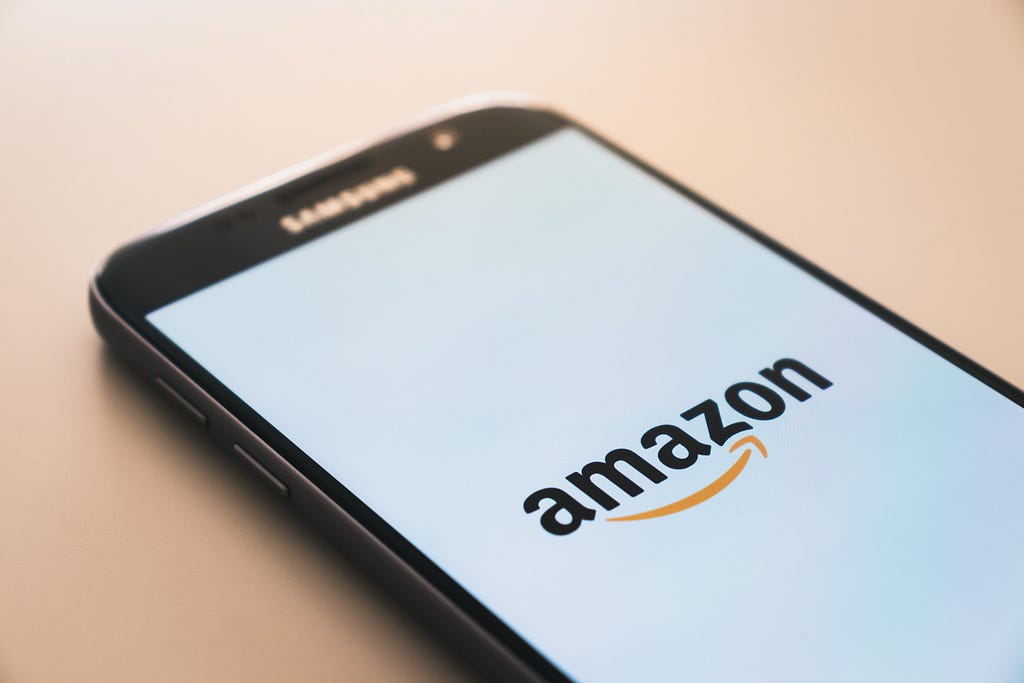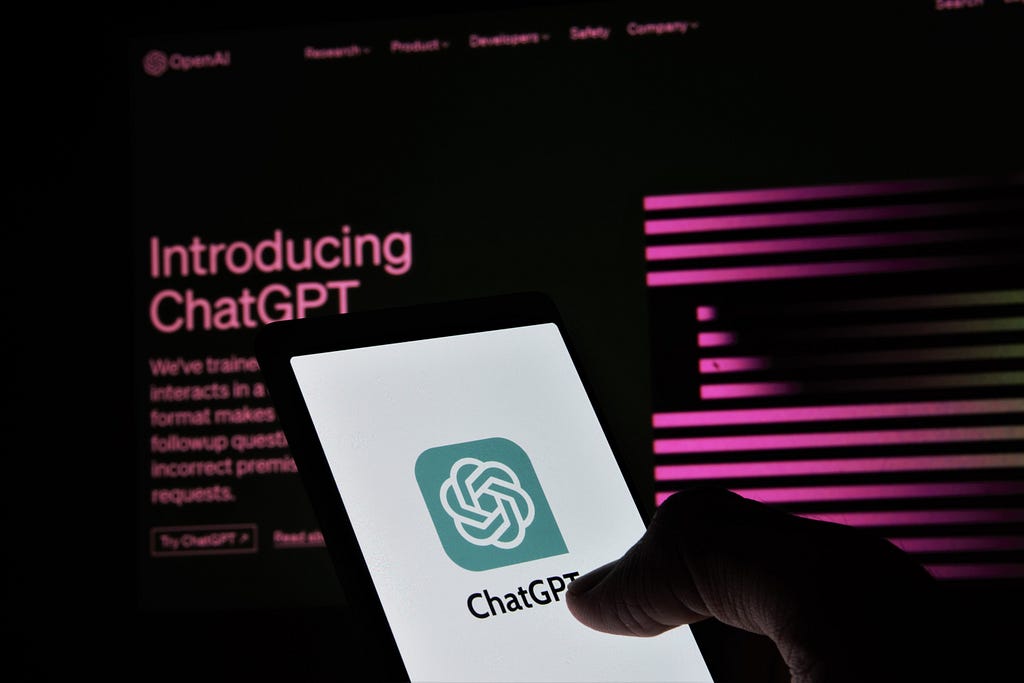In 2019, I wrote an article titled What I learned as a Product Designer over the last 6 years — a snapshot of my journey with points I deemed relevant to any upcoming designers interested in the field of UX or Product Design. Little did I know that the following years would bring an abundance of experiences, challenges, and growth that would shape my perspective as a design leader.
As I revisit those words today, I’m struck by the transformation that a mere four years can usher in — not only in the realm of product design but also in the broader landscape of technology and innovation (hello, generative AI — i’m looking at you). Not to mention we had a global pandemic 4 months after I published my first article, that completely changed the way we work amongst many things in our field.
At that time I wrote my original article, I was working at a startup as the design leadership, building up their product design team, juggling the hats of an IC (Individual Contributor) and Management. A few short months after that I landed a role at none other than the retail and tech behemoth of FAANG companies, Amazon, as an L6 Senior UX Designer. The scope and complexity of projects in such an environment have broadened my horizons, providing a vantage point from which to observe the ever-evolving landscape of product design.
So, let’s break down 5 topics that I have found to be very important, as we delve into the topics of flexibility, relationships, evolving technologies, designing for scale and the pursuit of life-long learning, that have defined my last 10 years as a product designer and leader.


1. The Power of an Open and Iterative Mindset
If anyone has ever told you that a product is “done” — they’re incorrect. A Product is an everliving journey and if you’re jumping into a product thinking that you have one thing in mind and nothing is going to change, you’re probably going to have a bad time.
One thing that I didn't anticipate at the start of my career was the importance of diverse voices. The realization of how crucial these voices were to the design process marked a turning point and was a necessary mind-shift change. It was no longer sufficient to craft visually appealing interfaces; the true challenge lay in weaving together the threads of those diverse inputs to create solutions that resonated across departments and disciplines. This shift in mindset meant embracing feedback, iterating based on insights that went beyond my immediate realm of expertise, such as from Engineering and Product Management teams. It is critical to leave your ego at the door, but not lose your backbone for advocating for your users, that flexibility is key in working with stakeholders while ensuring you’re creating the right experiences for your users.
“Always start at the end with the story you want to tell”
-Simon Pan
Embracing this open and iterative mindset became particularly pronounced as I transitioned from startups to corporate giants like Amazon and Walmart. The scale of these organizations introduced me to a new level of complexity, where the voices at the table were as diverse as the challenges we tackled. I discovered that flexibility wasn’t just about adapting to change but also about welcoming differing viewpoints as opportunities for growth.
When I was working on the Amazon Pickup team this was an area where I had to work with a lot of different stakeholders as well as other Pickup teams. I couldn't just design what I deemed to be the MVP for the shopping experience for Amazon Locker‘s & Counter’s, I had to be considerate of all the other pickup programs in my design choices to make sure their needs would be met as well. The ability to listen to the diverse set of voices in your design process will only make your product better, but what is really important in your role as a product designer, is how you handle that feedback and implement it moving forward.

The perspectives of marketing specialists, engineers, product managers, and end-users each contributed valuable insights that informed my design decisions. Embracing change is not just about keeping up with trends; it’s about fostering an ecosystem where every voice has a role to play in crafting exceptional experiences. By inviting these voices into the design process, I not only expanded my understanding of the problem space but also fostered a spirit of collaboration that transcended silos. This leads to my next topic — the power of relationships.
2. Relationships: A foundation for Successful Design
Like I spoke about earlier in the necessity of having diverse voices input as apart of the design process, it feeds into the fact that relationships are critical to your success as a product design.
Nurturing bonds in the corporate landscape was honestly one of the last things on my mind when I started out in my career — I mean I knew EVERYTHING, what more could someone teach me?! Ah, you simpleminded and delusional designer, the thing’s you would learn in your years to come.
In the realm of larger corporate environments like Amazon and Walmart, the significance of fostering meaningful relationships took on a whole new dimension. Beyond the design team, I came to recognize the vital role played by XFN (cross-functional collaboration). Engaging with stakeholders from marketing, engineering, and other departments has taught me that design’s influence doesn’t exist in isolation; it’s part of a larger tapestry.
“50% of a designers job is communication.
I’d say it’s actually more like 80%. Communicating with peers, cross-functionally, and with leadership is crucial. Communication includes the range from progress updates and tactical decisions to big ideas and vision for the future.”
-Sam Mariselli
By actively seeking out opportunities to engage with my engineers, I gained a deeper understanding of the technical constraints that shape my design choices. There is nothing worse than going through the iterative design process, validating with users, being super pumped about the work you’ve done, and then you bring it to the engineering team and you get told what you’ve designed is just simply not possible — likely because of the LOE (level of effort) required given the project’s intense timelines (get used to those btw). Invest in building those relationships with your stakeholders, because it will go a long way in building trust amongst each other, in a multitude of ways.
“The value of relationships extends beyond project deliverables. One revelation that has became evident in time, is the transformative power of mentorship.”
-Author
Connecting with seasoned professionals who have weathered similar design challenges gave insights that no user research, PRFAQ, business requirements document or design files could have provided. These mentors acted as guides, helping me navigate the labyrinth of corporate intricacies, offering sage advice, providing an outside perspective and empowering me to make informed decisions. Find a mentor within your company as soon as you possibly can, because those imposter syndrome feelings will only get worse the higher you climb in your career.
Not only is a mentor critical, but so are having those professional development and 1:1 meetings with your direct manager. Aside from giving them clarity into the project space you are working in it also lends to discussing career aspirations, receiving constructive feedback, and aligning objectives. I’ve been able to cultivate a support network that propels both my professional development and the projects I undertake because of implementing this cadence of meetings with the proper people.
At the end of the day, these people are reflections of themselves — its important to them that you succeed, so lean into that and build that trust with these people.
3. Designing at Scale — MVP & Northstar
In the realm of product design, creating a solution that merely meets the minimum viable product (MVP) requirements can be tempting and often, is what happens. However, over the years, I’ve come to appreciate the mindset of thinking beyond the immediate launch and embracing a north star vision. This approach not only ensures a robust and adaptable user experience but also lays the foundation for scaling with agility.
While I do believe creating things, breaking them, and iterating fast are solid foundations of which I still try to design on today, I also aim to design with scale in mind. With my process — thinking about that initial launch when working at the scale of Amazon & Walmart, you cant think small.
“My mindset is to design the maximum experience with the Northstar Vision, thinking outside of the box, while also ensuring the core needs of the users could still be met if I had to remove certain aspects of the design.”
-Author
Designing with a Northstar in mind means crafting a solution that not only fulfills immediate needs but also accommodates future expansion. This can help you safeguard against any scope creep or disruption that often comes working in large enterprise or technology company.
For example, while working at Amazon I created a totally new CX (customer experience) for identifying if certain benefits/deals were available to a customer when shopping. The way of which I designed the identification and interaction of the CX was in a way that inevitably led to other teams using the experience that I designed, because it was done so in a way that would fit multiple and infinite use-cases. By designing with scalability in mind, these adjustments can be made while still preserving the integrity of the product — and you can also feel a bit like a badass in contributing directly to the vastness that is Amazon. 😏
Even when I was working on customer experiences at Walmart, such as their new self-checkout, designing for scale was critical. Walmart’s emphasis on service to the customer underscores the importance of crafting experiences that resonate with users not just in the present, but also as their needs evolve over time.
4. The Art of Staying Curious and Asking Questions
You know that thing we tend to do where we are talking to peers, maybe you’re new to the job, or maybe you’ve been put on to a new project or into a new space, and you preface with, “This is a dumb question…but”..
“Listen — ask the d̶u̶m̶b̶ question. In fact, ask ALL the d̶u̶m̶b̶ questions you can possibly think of.”
-Author
I cant stress enough how important it is to ask questions and stay curious throughout your career. Curiosity, is the spark that ignites innovation and is the cornerstone of growth in the ever-evolving landscape of product design. As I’ve journeyed through diverse environments and tackled complex challenges, the role of curiosity in shaping my perspective and driving continuous improvement has become a staple in my process.
In my experience, the most impactful breakthroughs have emerged from a simple “What if we did..?” or “Why exactly cant we do..?” Curiosity invites us to challenge assumptions, question conventions, and push the boundaries of what we believe to be possible. It’s a mindset that drives us to explore new solutions and reimagine user experiences beyond what we think it’s supposed to be.
Where asking questions becomes extremely important is in regards to unearthing the needs of your actual users. It can be something as simple as a survey to customers about a new initiative your team is thinking of proposing as an actual product offering, of which I actually did at Amazon to gain feedback. These things then help your product stakeholders write or propose these initiatives to senior leadership about how and why you should be doing this thing on behalf of our customers, all because you asked the right questions of them.
The act of asking questions, once a means to a solution, has become a powerful force driving my journey as a design leader. Nobody is going to think you’re stupid for asking questions and as obvious as that might seem to me now, 10 years ago I would not have believed you.
Don’t let the fear of not knowing, uncertainty and the judgment of what others might think, hinder you from innovating on behalf of your team and your users.
-Author
5. Embracing the Art of Lifelong Learning
Just like how a product is never truly done, the same should be said about your adapt-fullness to technologies and processes as well as the urge to continue to expand and learn as a designer. In a landscape characterized by rapid technological evolution and ever-shifting user behaviors, my journey over the past decade has had to continually learn and adapt to new technologies, processes, ways of working and even now I am still continuing to learn.
I have since earned my Master of Human Computer Interaction (M.H.C.) from Iowa State University as well as become a candidate at Harvard University for their Master of Liberal Arts (ALM) in Extension Studies, Field: Digital Media Design. Now, i’m not saying you have to do this and in fact, I wouldn't even recommend it, however, if you’re a new aspiring UX/Product person, then pursuing a Masters in HCI would be pretty beneficial to you, especially in an increasingly competitive market.

With all the advances in technology, specifically one that has busted down the walls of almost every corporation as if they were the Kool-Aid man, is Generative AI, continued learning is vital to your growth as a product designer. As I delve deeper into learning about this technology, I’m filled with excitement for the future of design. Notice I say excitement, and not dread, like what you might find in the media. This is because I believe Generative AI will only enhance the skills that product designers bring to the table and actually allow us to be able to produce better and fast than we would be able to now, given all the which ways we are pulled.
“The prospect of leveraging AI to augment the creative process is a game-changer. It’s not about replacing us as designers; it’s about amplifying our abilities to conceive and produce innovative solutions that were previously beyond reach — especially when our backs are against the walls with multiple timelines & asks.”
-Author
When I first started in my career, Sketch was the product design tool industry standard, and now its hard to find a design team that isn't on Figma — rightfully so, in my opinion. You have to constantly be able to adapt and be willing to learn new skills, technologies, etc. One of my biggest fears and even today is the feeling of becoming obsolete. Whatever your ‘why’ is for continued learning, find it and use that to keep the fire going to stay knowledgeable about the field you work within.
You’re going to be just fine
This is just a few of the nuggets of information that I have gleaned over my 10 years as a product design leader, but there are so many more — and so much more that I will continue to learn. I hope that these can help guide you in your path moving forward, and of course this is my own personal journey, so take what resonates and leave what doesn't.
But one thing that I can say is that you’re going to be just fine — its totally scary and it doesn't stop, but it does get easier. Nobody expects you to have all the answers, so don’t put that expectation on yourself. I hope you use these principles as you move forward and you just might find yourself pioneering the next big thing.
Cheers
🙏 Thank you for taking the time to read my article.
I’m Product Designer, also interested in travel, horror movies, technology, and mental wellness. Follow me on Medium to hear more from me.
You can follow me professionally on my Dribbble or drop me a line on LinkedIn.
5 things I learned as a product designer: a 10-year journey at Amazon, Walmart and startups was originally published in UX Collective on Medium, where people are continuing the conversation by highlighting and responding to this story.